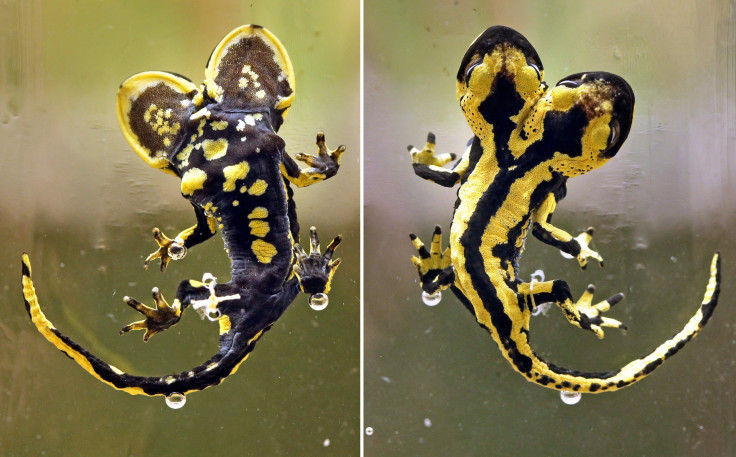Shark With Two Heads: Scientists Find Embryo That Is The Stuff Of Nightmares

Even though it is now over 40 years old, the movie “Jaws” firmly set the image of the great white shark as a monstrous predator, and while the fish is an apex predator in its waters, the exaggeration from the film has lingered and oftentimes been extrapolated to various other shark species, many of which are much smaller and entirely harmless to humans. Try shouting “shark” at a crowded beach and you can be sure of something close to a stampede, even if all you saw was something as harmless as a bamboo shark.
Already considered deadly in popular imagination, sharks would seem even more monstrous if they had two heads. And there have been at least half a dozen such cases found in the wild, the last one in 2013 when a Florida fisherman found a pregnant bull shark that had a fetus with two heads inside her.
And now, researchers in Spain studying cardiovascular development in Atlantic sawtail catshark embryos found one that also displayed the phenomenon known as dicephaly. The embryo had two heads, and each of them had a brain, a mouth, two eyes and five gill openings on each side.
The study, titled “Dicephalous v. diprosopus sharks: record of a two-headed embryo of Galeus atlanticus and review of the literature,” was published in the Journal of Fish Biology. Led by Valentín Sans-Coma, a zoologist at the University of Malaga, the researchers wrote: “There were two hearts, two oesophaguses, two stomachs, two livers, but a single intestine with a spiral valve.”
The difference between this finding and the previous such instances is that this is the first time the phenomenon has been observed in oviparous, or egg-laying, sharks. Previously, dicephaly had been observed in shark species that are either viviparous (give birth to live young, like mammals) or ovoviviparous (where the eggs develop and hatch inside the mother).
A dicephalous shark has never been observed to survive to adulthood, since such specimens will find it difficult to prey for food or defend themselves against predators while they are juveniles. Michelle Heupel of the Australian Institute of Marine Science, a researcher not involved with the Spanish study, told Hakai Magazine: “Survival after birth may occur, but would likely be very brief. It is unclear whether the two heads will preclude swimming and prey capture, and whether joined internal organs will function adequately.”
Pictures and a cross-section of the two-headed shark embryo can be seen here.

Dicephaly, in which the vertebra of two individuals is fused together, is a rare occurrence in nature but it has been observed in other vertebrates, including in reptiles and mammals. In humans, such births are referred to as conjoined twins.
© Copyright IBTimes 2024. All rights reserved.











